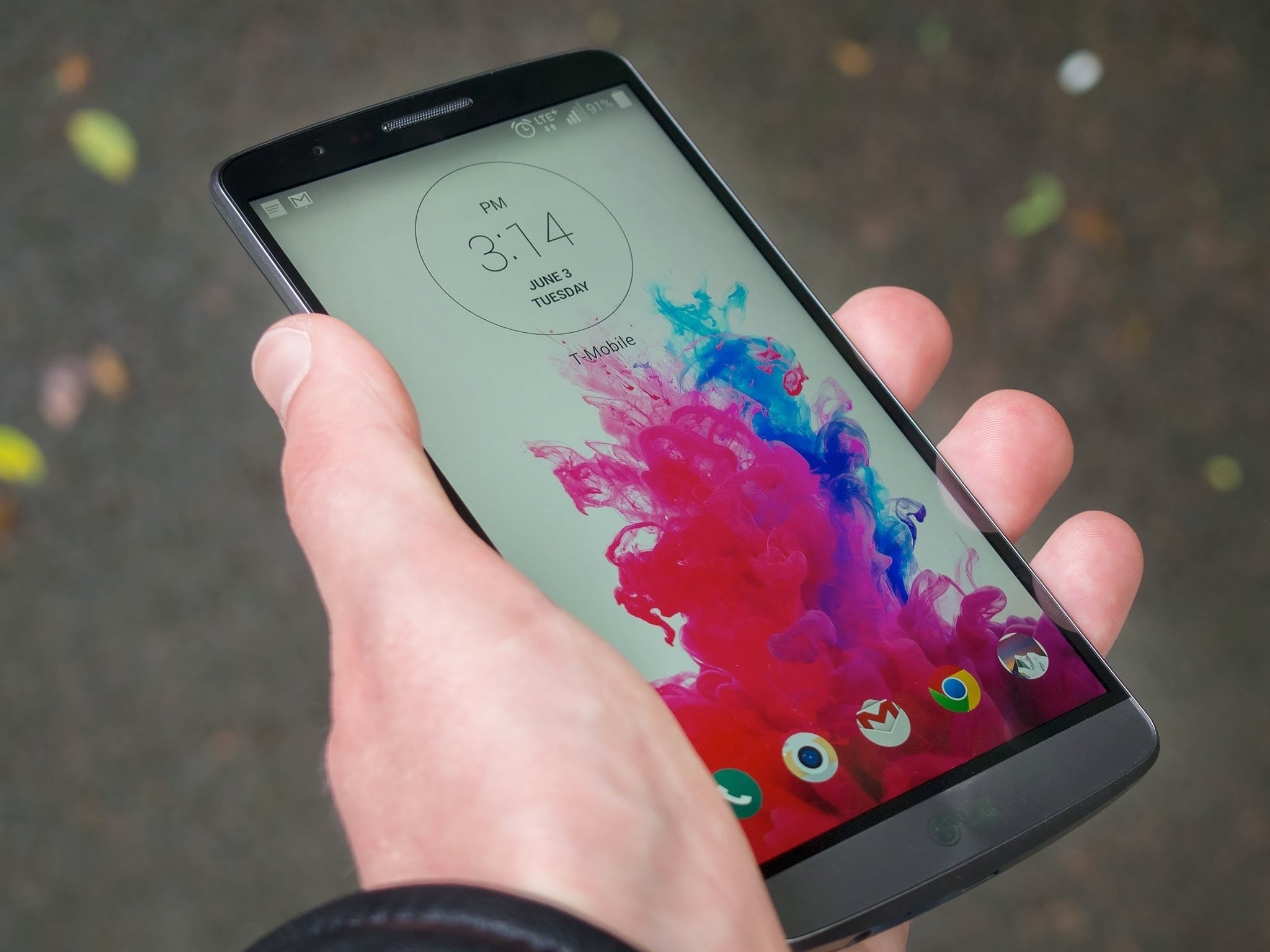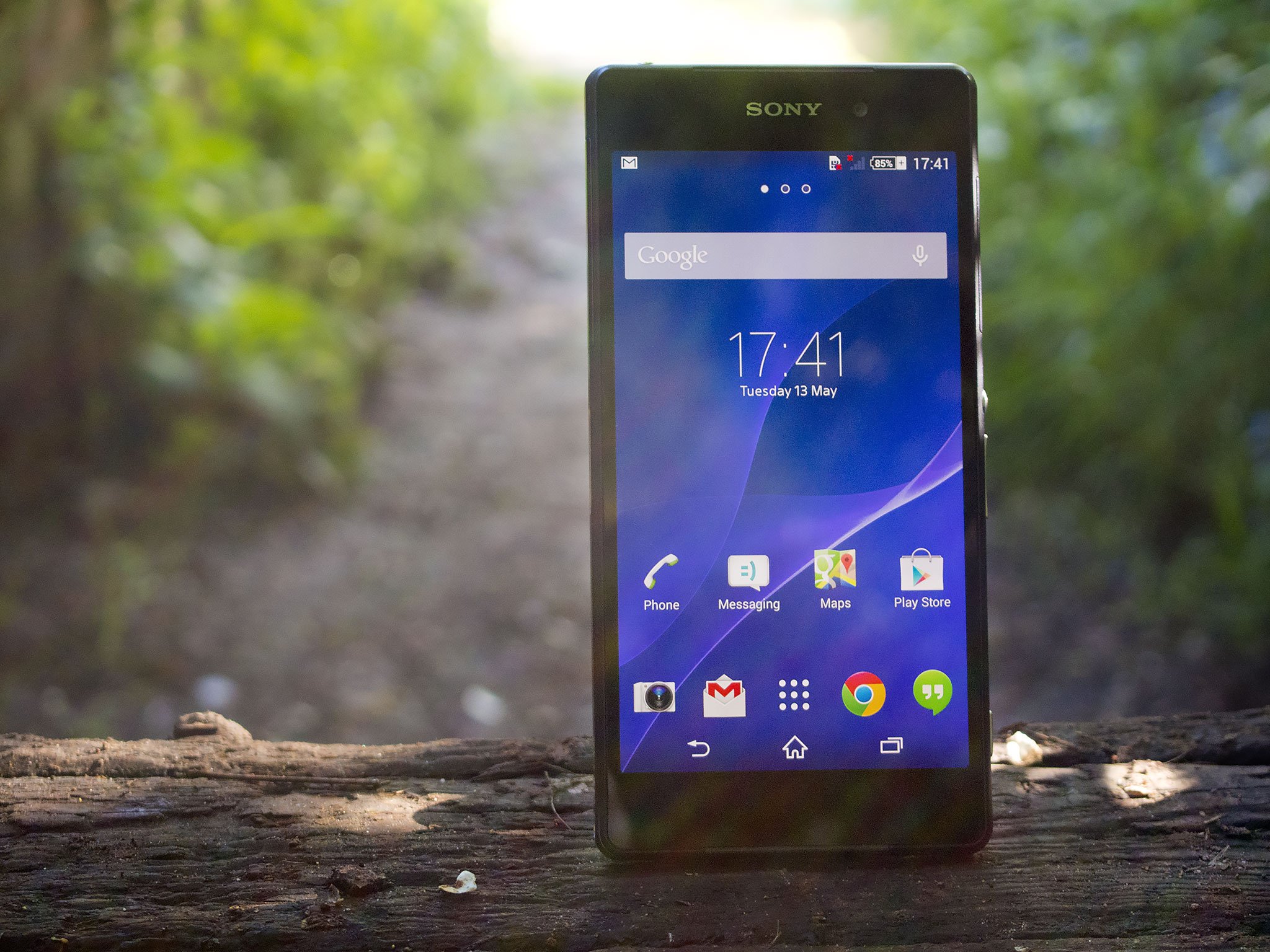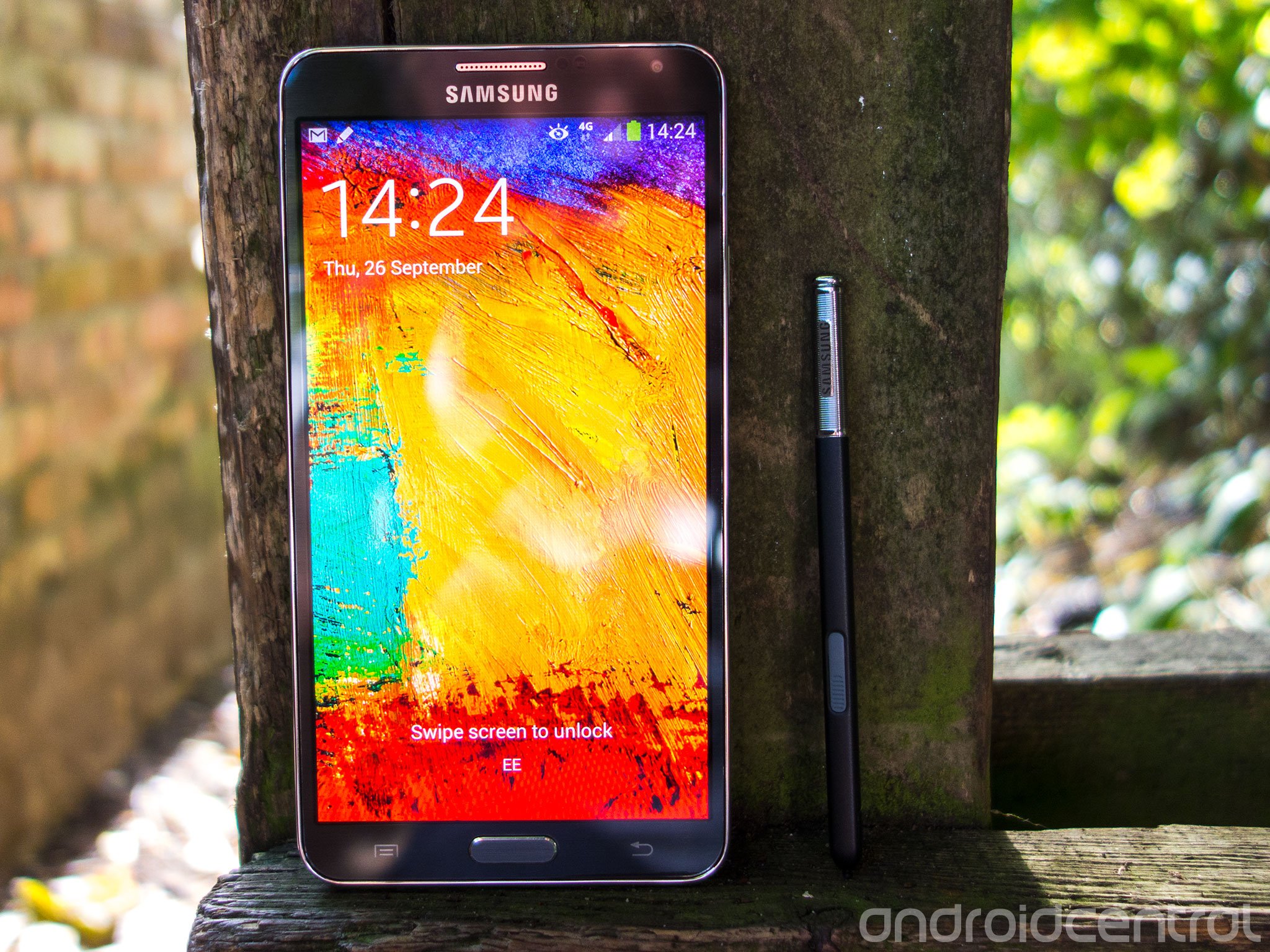The best Android phones 2015
http://xpeco.blogspot.com/2016/03/the-best-android-phones-2015.html
You can't go wrong with any of our picks, but we've still managed to suss out the best Android phones around
It's tempting to say there is no "best" Android smartphone. Good lord, it's tempting. And it might even be true. We've reached the point where every flagship from every manufacturer has a leg up in one area but falls just a tad short in another. If you're willing to spend the money for a top-shelf phone, chances are you're going to come out OK and have an excellent experience.
So we could tell you that there's currently no "best" Android smartphone. But that's the easy way out. We've got to make the call.
We're halfway through 2014. We've experienced the newest phones from Samsung, HTC, LG and others. We've tested. We've reviewed. And, most important, we've used them like we would our own personal phones. And in many cases they've become our daily drivers.
We might not all agree on what the best Android phone is, and that's OK, because you really can't go wrong with anything on our list. But we've made the tough decisions.
And here, now, is how things stand at the midpoint of 2014. These are the best Android phones.
The best Android phone: The HTC One M8

Read: Our HTC One M8 review
Regular readers of Android Central no doubt will note that we've hardly been bashful about our affection for the HTC One M8. It was the first major device released this year. It's imperfect. But it's also managed to win out in the categories that matter most.
The design, quickness and battery life of the HTC One M8 overshadow the competition — as well as its own finicky camera.
As far as the look and feel of the M8 go, it's still the most compelling phone we've seen this year. The sweeping curve of the metal body — actual aluminum — is as impressive to hold as it is to look at. It's also a little bit bigger than we'd prefer, especially since the finish makes it a bit slippery. You can call it superficial if you want, but nobody designs smartphones like HTC.
HTC also has managed to turn out the fastest phone we've got. Sense 6 has been pared back a bit more in this iteration, but it still keeps its personality. And it's just fast. Animations and transitions are faster than any other phone we've used, and that makes a noticeable difference in the long-term experience. Its BlinkFeed newsreader is better than ever and more extensible than other manufacturers' iterations.
We're entering the age of the QHD display, but there's still nothing at all wrong with 1080p, and HTC has a winner in its 5-inch panel on the M8.
And the BoomSound speakers. They spoil you for anything else.

HTC still has work to do in the camera department, despite changing things up by adding a secondary lens used for gathering depth information. HTC lead the charge for de-focus and re-focused shots this year — and to be clear it does those things well. But its 4-megapixel resolution "UltraPixel" system just doesn't give the same consistency you get from other smartphones. You can take some absolutely stunning pictures, for sure. But it's finicky about that, and the bottom line is there are better all-around cameras than what you get on the M8. And for as many improvements as HTC made to the camera software, it also took a couple steps backward by putting Zoes and HDR shots an extra level down. (To say nothing of HTC's continued missteps in explaining Zoes and Video Highlights in the first place.)
The HTC One M8 is imperfect, but in the end the whole is greater than the sum of the parts, hands down.
Software speed is but one high-water mark. Battery life is another. The M8 isn't lightyears ahead of other phones, but we generally got longer use out of it — and with a non-removable 2,600 mAh battery at that. (And we're patiently waiting on the Qualcomm Quick Charge 2.0 system to become available for it, as well as other phones.)
Other plusses: A microSD card slot and an available Google Play edition, and the HTC One Dot View Case. And don't discount the speed at which HTC has pushed out software updates, particularly when the U.S. carriers aren't involved.
When you add up all of that, you get the best smartphone of the year thus far. And it looks like we're not alone in thinking that, as the HTC One M8 became the first Android device to officially be released as a Windows Phone, erm, phone. It was initially announced with Windows Phone 8.1 on Verizon, and AT&T has said it'll pick it up, too.
A close second: The LG G3

Read: Our LG G3 review
We were able to spend a few long weeks with the Korean version of the LG G3 before its release in Europe and the United States, and it quickly became clear that it was going to earn high placement on the list of best Android phones. Some of that is because of its high-resolution display, and also because of its camera.
The LG G3 is the first with a QHD display — that's a 2560x1440 resolution at 5.5 inches for a whopping 538 pixels per inch. On paper, that sounds incredible. In actuality, it's a bit overkill. Most of the time you'll never notice the extra pixels, and in many instances fonts start to get a little screwy. That's the G3's No. 1 feature, though, and so we're leading off with it.
LG's design gets better each year, and its hardware continues to impress.
But the G3 is also another smartphone with excellent design — LG gets better and better each year. It's got a curved back not unlike the HTC One M8, and the same sort of brushed-metal finish, only LG uses plastic (on a removable but nicely fitted battery cover) instead of aluminum. It's a big phone, but it doesn't feel as big as you'd think. (Fun fact: The G3 is as tall as the M8, despite having a half-inch larger display.)

As it's done for a year now, the volume and power buttons are on the rear of the phone. It might still sound crazy, but it works surprisingly well. Don't knock it till you try it.
Buttons on the back? So crazy they work — and they work extremely well.
LG is getting better on the software front. The G3's got less of a Windows 98 feel to it (those manilla folders of yore still sting) and has more of the look and feel of a mobile user interface. It's also fast (thanks, Snapdragon 801!), but not quite as quick as what you'll find in the HTC One M8. LG does have another ace up its sleeve — Knock Code, which allows you to turn on and unlock the phone by tapping in a predetermined pattern, and without having to touch the power button. And that it's scalable (you can use the entire width of the phone for the pattern, or just as far as your thumb can reach) makes the large phone that much easier to use one-handed.
And as far as the camera goes, LG continues to be among the best. The G3 has a 13-megapixel rear shooter with optical image stabilization and uses lasers (yes, lasers) for a quick autofocus. If you're looking for a good daily smartphone camera — and far above average, really — you'll find it in the G3.
The LG G3 is available on all major U.S. carriers, as well as a number of regions worldwide.
Rounding out the Top 3: The Samsung Galaxy S5

Read: Our Samsung Galaxy S5 review
Samsung's Galaxy S line continues to impress. And 2014's iteration continues the dynasty. But Samsung continues to struggle a little in getting the whole to be worth more than the sum of the parts. That's not to say that we wouldn't recommend the Galaxy S5 should someone ask.
The bar for the Galaxy S5 is set high, and Samsung gets close to clearing it.
The GS5 largely has the same look and feel you'd expect in Samsung's fifth flagship. A mostly flat feel. Large display. Physical home button flanked by a couple of capacitive buttons. Plastic where you might think there's metal. The battery cover this year switched to a dimpled look, and the feel varies from color to color. Black is OK, white is not as supple, and the blue is to die for. (We never really thought the gold looked that much like a Band-Aid, but we do get the joke.) That it's IP67 rated against dust and water is an added bonus, though it comes at the price of an annoying door over the microUSB port, and wireless charging will cost you a few bucks for the replacement back.
There's absolutely nothing wrong with the design of the GS5. It's just that we've all grown used to it. Samsung's job is to sell phones and not entertain us with design, but there's no reason it can't show us something special. It's perfectly capable.
We did get a couple of hardware gimmicks, and the usefulness of each is arguable. On the back of the phone there's a heart-rate sensor tied into the flash housing. Hold your finger over it, and it sees how fast your ticker is ticking and feeds that into its S Health software. It doesn't look out of place at all, and it works fairly well, but it's odd to see dedicated hardware like that for such a niche feature.
The other is the finger scanner (don't call it a fingerprint scanner) that can be used to unlock the phone as well as make payments via PayPal. It's not quite as easy to use or as well integrated as Apple's iteration on the iPhone, and you're not forced to use it, but it's a nice option to have.

As for the software, Samsung's TouchWiz user interface has taken a more mature turn, and that's a good thing. The design is flatter and less cartoonish than in years past, and it's almost enjoyable to use. It's also less overwhelming, with some features merged or scaled back altogether. Animations and transitions feel a little sluggish, though. That could be for good reason, but compared to other phones it just feels a little slow.
An excellent smartphone, but the Galaxy S5 just can't quite put the right pieces together.
Samsung continues to have an above-average 16MP camera in its Galaxy S5. It's one of the better all-around shooters, with a very fast autofocus and HDR shots. But it's struggled in low light conditions, and frustratingly so. Samsung's attention to the camera app should be commended, however, as it's been pared back a little bit and is as easy to use as any.
The GS5 also has above-average battery life — a little less than the HTC One M8 in our usage — and that you can swap it out for a fresh one will be a bonus for many.
Throwing a small wrench into this is that in June Samsung announced the Korea-only Galaxy S5 LTE-A — sporting a QHD display and more powerful Snapdragon 805 CPU. It's yet to be released elsewhere.
All in all? The Galaxy S5 is an excellent phone. Software speed and camera performance are our chief complaints. And while they're not showstoppers, they're mostly what relegates what otherwise will be a best-selling phone to No. 3 on our list.
Honorable mention: The Sony Xperia Z2

Read: Our Sony Xperia Z2 review
Sony continues to increment its high-end Xperia Z range in six-monthly instalments, the latest being the recently-launched Xperia Z2. Like its predecessor, the Z2 is something of a tank, with a 5.2-inch display and a boxy glass-and-metal design. But it builds on the strengths of earlier Sony phones by improving its display, upping the CPU and RAM and improving the build quality.
As ever, it's another incremental upgrade for Sony, but the Z2 ticks a lot of important boxes with fast performance, premium materials and a great camera. What's more it's a fantastic world phone, with support for 10 LTE bands in the global model.
The only problem? It's not available in the U.S. at the time of writing, unless you're willing to go through an importer.
If you need something bigger

The line has been blurred between smartphone and tablet, and it's even tougher to tell what's just a large smartphone and what's meant to be a … dare we say it … "phablet." But there is one that stands out.
That would be the Samsung Galaxy Note 3. It's getting up there in the yearly cycle, having been unleashed in September 2013, and it's really not much bigger than the LG G3, which we all consider to be a smartphone. (The G3's oversized counterpart, the G Pro 2, hasn't really taken off.) But the Note 3 has the added bonus of the S Pen input, which Samsung gets better at every year. We're probably not too far out from a new Note, though, so we'd be careful how much we pay for one at this point.


 Click on The Image & Start Earning !
Click on The Image & Start Earning !




